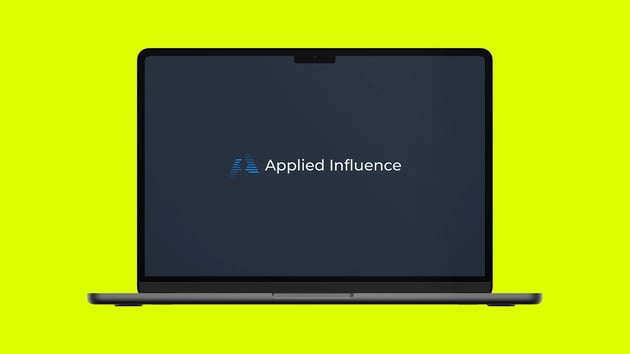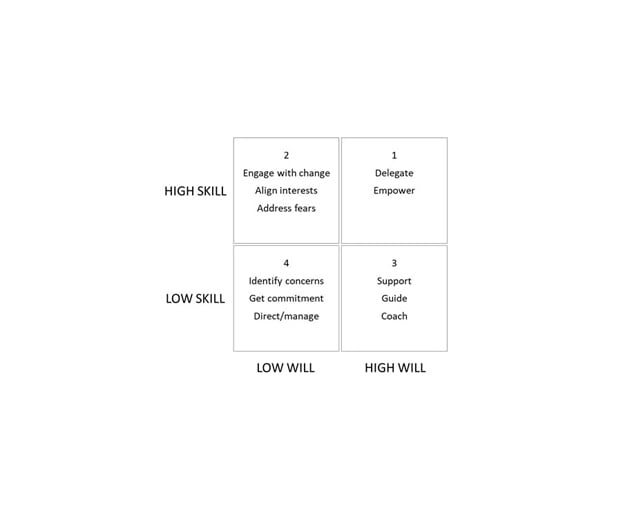Tackling Tougher Times
How influence can help you to positively address three common challenges that clients are currently facing.
It seems as if we’ve been talking about tough times for a long while now. Recession, COVID-19, Brexit, inflation, supply chain challenges, climate change, the war in Ukraine… whatever the reason, many of our clients and their customers are having to address new and evolving challenges. This makes it even more important to make sure that a general air of ‘gloom-and-doom’ does not overshadow our thinking and impact business unnecessarily.
Here are three examples of how a constructive approach to influence can reduce the impact of a potentially negative situation.
Customers who want to cut costs
“Our customer is talking about pausing or downgrading the product/service we provide.”
No-one wants to lose customers. When your relationship is good, or when the customer is as-yet undecided on the best course of action to take, you can take a proactive role and step in to help them rationalise their decision. Verbalisation is powerful, and leading a meaningful and non-confrontational conversation can be a really useful exercise for both parties.
When discussing possible decisions and outcomes with a customer, we recommend starting off with tell, explain, describe or show.
A narrative prompt, such as “Tell me what stopping the programme would mean to you?”, elicits a narrative response that provides valuable additional information and explanation. These ‘elicitation commands’ are much more powerful than asking ordinary why, what, how, when questions. When a customer gives a narrative response, they’ll tend to focus on what is most pressing to them and show you what they are most concerned about.
Try to keep the other person talking for as long as possible using active listening techniques, including the minimal encouragers – the uh-huhs and mmms – that show you are listening and encouraging them to continue.
It’s also useful to flip the question around, so they can consider their decision from the opposite perspective. “So, describe what it would mean to your business if you kept the programme going” encourages the customer to visualise and verbalise the alternative scenario and compare outcomes.
You can then reflect back what you’ve heard and summarise: “So, you need to…” which enables you to confirm you’ve listened, check your understanding and perhaps fill in any gaps in your knowledge.
Once you understand the full picture, the pressures the customer may be under and what’s behind the decision, you’ll be in a much better position to offer constructive advice or alternative recommendations, such as an interim solution, and updated business case or switching to a more suitable plan.
Competing for attention
“I need to keep close to my customer/supplier/partner so that I can respond to their changing needs. How do I do this when there are so many competing demands on their time – especially when they’re dealing with other priorities?”
Yes, everyone seems to be busier than ever. But even if your customers are dealing with urgent concerns that you can’t help with, they still need to have an eye on the long-term success of their business. If you aren’t able to solve their most pressing ‘in the moment’ challenge, you’re still there to support their success, and framing your messages around the long-term can be the best way to stay relevant.
Since 2020, many people have shifted to different ways of keeping in touch, from WhatsApp groups to online forums. So, one of the most practical ways to consistently connect with busy and time-pressured people is to ask them how they like to be communicated with. For example, regular meetings or phone calls may not be ideal for some now (do you find yourself being continually bumped from their schedule?). What’s the best way to reach them? Which channels of social media do they use? Which format suits them best for receiving information?
Staying relevant in a crisis period
“Help me propose a genuinely relevant and helpful idea/solution in a way that is congruent with the current situation, and that doesn’t seem opportunistic.”
Understanding your client’s mindset or perspective on a situation will help you deliver your message in a way that resonates with them. What are the key drivers, both professional and personal that will make your idea relevant to them?
Our approach is to apply a framework of desires and fears that help to understand an individual’s motivations. For example, when a situation is perceived as presenting a business threat, it will stimulate a fear response. If your idea/solution can help remove or reduce some of these fears, at individual or organisational level, then it will be completely congruent with the current climate.
If you’re interested in finding out more about how to understand and respond to desires and fears, we’d be happy to tell you more.
Find out more about influence techniques for business resilience
Applied Influence Group can help you adapt to evolve business pressures, develop new approaches and overcome influence challenges within existing and new client relationships.
To find out more about what we can do for you and your business, please get in touch on info@appliedinfluencegroup.com.


